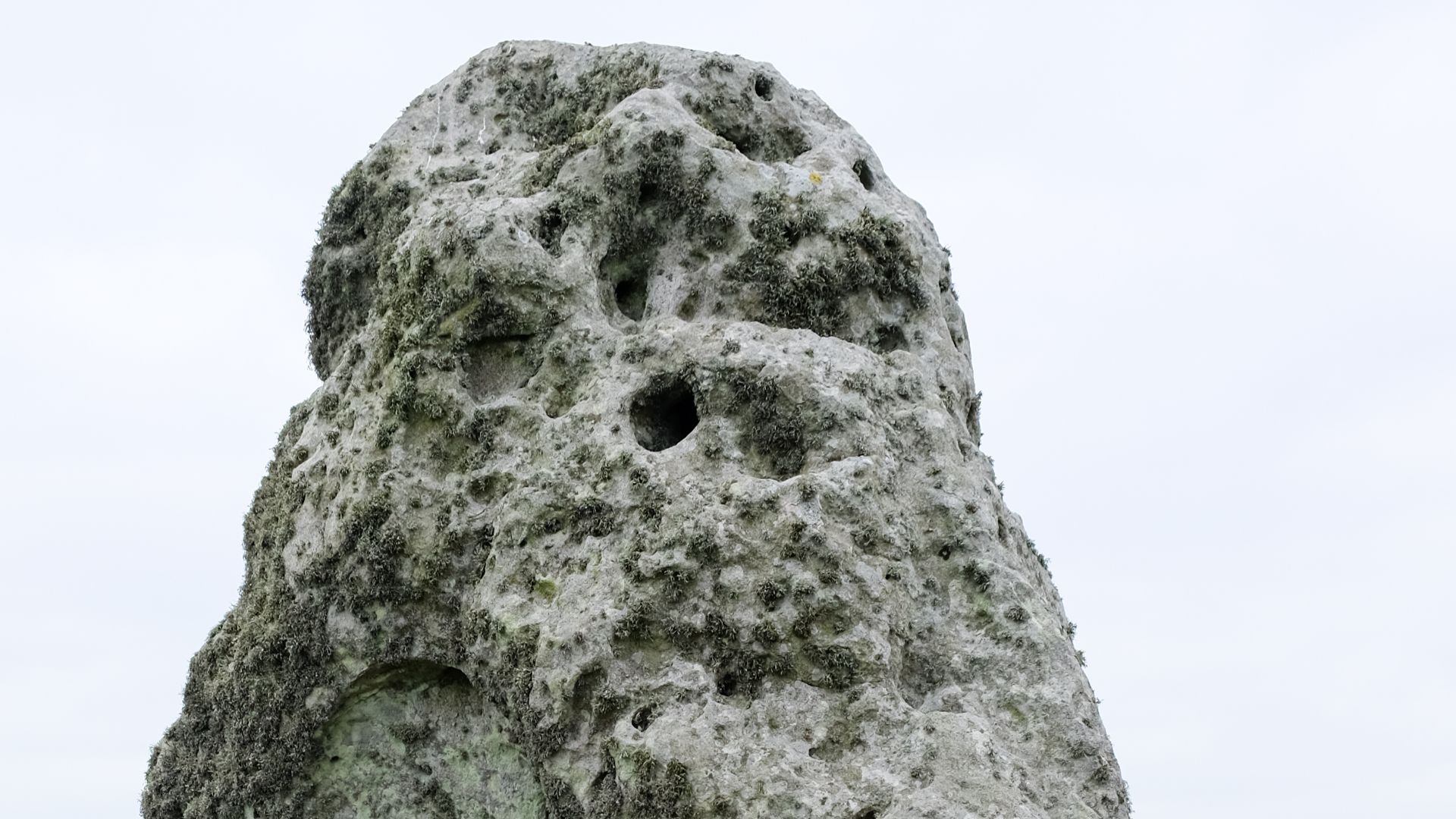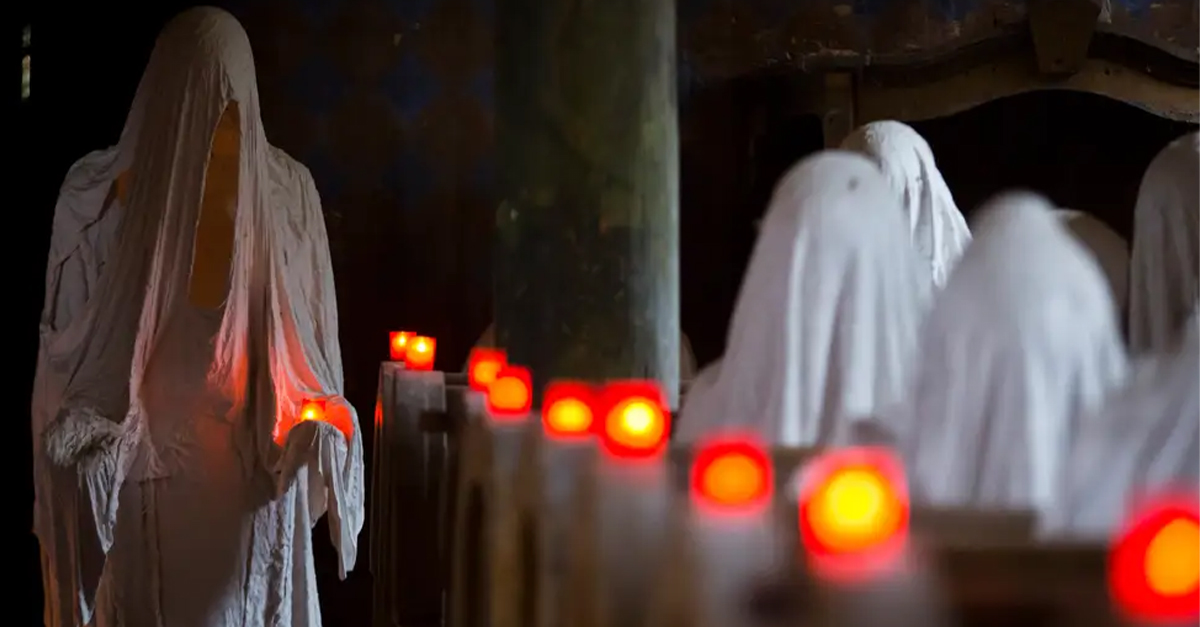The One That Waited
Ignored for years, one central stone was finally tested and revealed a surprising source: Scotland’s Orcadian Basin. Now, you’d think, “Hm, how is that relevant?” Let's break it down.
An Iconic Monument In The English Terrain
Emerging from the Salisbury plains, Stonehenge stands as one of the world’s most enigmatic structures. Its towering stones, arranged with precision, have puzzled scholars for centuries. Located in southern England, the site has long been a focal point of astronomical observations and cultural significance. New information has been unearthed.
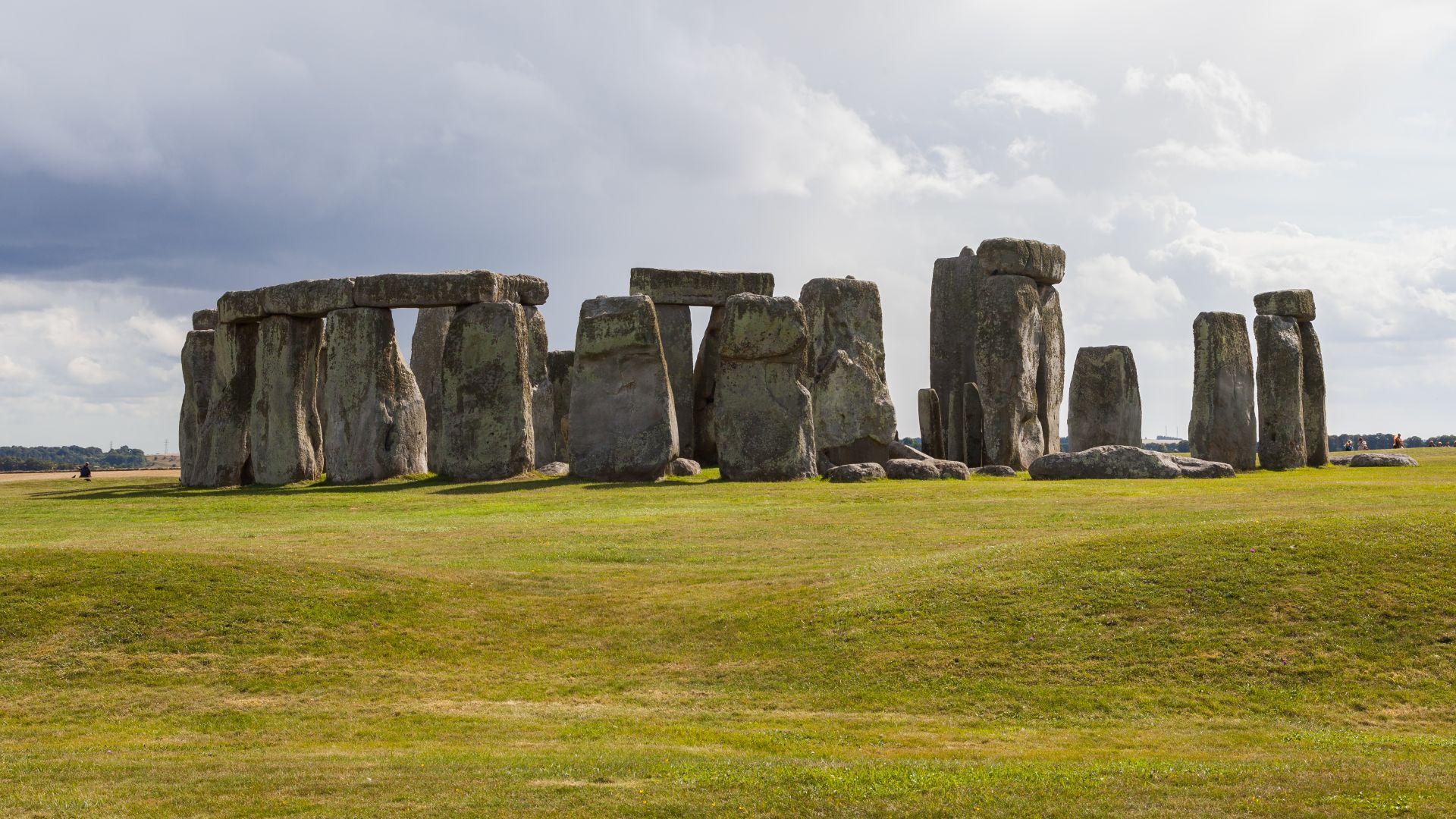 Diego Delso, Wikimedia Commons
Diego Delso, Wikimedia Commons
Who Led The Discovery?
The groundbreaking research on the Altar Stone’s origins was led by Professor Nick Pearce, a geologist at Aberystwyth University. His team included Professor Richard Bevins, an expert in petrography, and Rob Ixer, a specialist in archaeological geology.
 Professor Nick Pearce - COP26 by University of Bath
Professor Nick Pearce - COP26 by University of Bath
Institutions Behind The Research
This discovery was led by Aberystwyth University with contributions from University College London (UCL), while English Heritage supports Stonehenge’s preservation and access. Researchers used advanced mineralogical techniques such as Raman Spectroscopy and automated SEM-EDS to confirm the Altar Stone’s Scottish origins.
The Origins Of Stonehenge Were In The Late Neolithic Era
Stonehenge’s construction began around 3000 BCE when early communities laid the groundwork for a ceremonial site. Initially, a circular earthwork enclosed the site, marking the beginning of its long evolution. Over centuries, the monument transformed from a simple wooden enclosure into a display of megalithic engineering.
The Bluestones Came From Distant Lands
The first stones purported to be placed at Stonehenge were small bluestones. These were claimed to have been transported nearly 240 kilometers from the Preseli Hills in Wales. Their long-distance journey suggests an intentional selection for their spiritual or healing properties.
 Andrew Howey, Wikimedia Commons
Andrew Howey, Wikimedia Commons
What Are Bluestones?
If you look at the Stonehenge circle, there are two circumferences. Bluestones are smaller, igneous stones used in the inner circle of Stonehenge, and they are distinct from the larger sarsen stones. Their spotted dolerite and rhyolite composition suggests they were deliberately chosen.
How Researchers Proved Their Welsh Origins
Geologists Richard Bevins and Rob Ixer used petrographic analysis and geochemical fingerprinting to match bluestones to Carn Goedog and Craig Rhos-y-felin in Wales. Excavations revealed quarrying tools and wooden wedges, proving Neolithic Britons extracted and transported them intentionally. This confirmed Stonehenge’s Welsh connection.
Now, The Sarsen Stones
Sarsen stones are massive sandstone blocks that form the outer ring of Stonehenge and its central trilithons. Each standing stone is around 4 meters high, 2 meters wide, and weighs up to 30 tonnes. Unlike the smaller bluestones, sarsens were sourced locally.
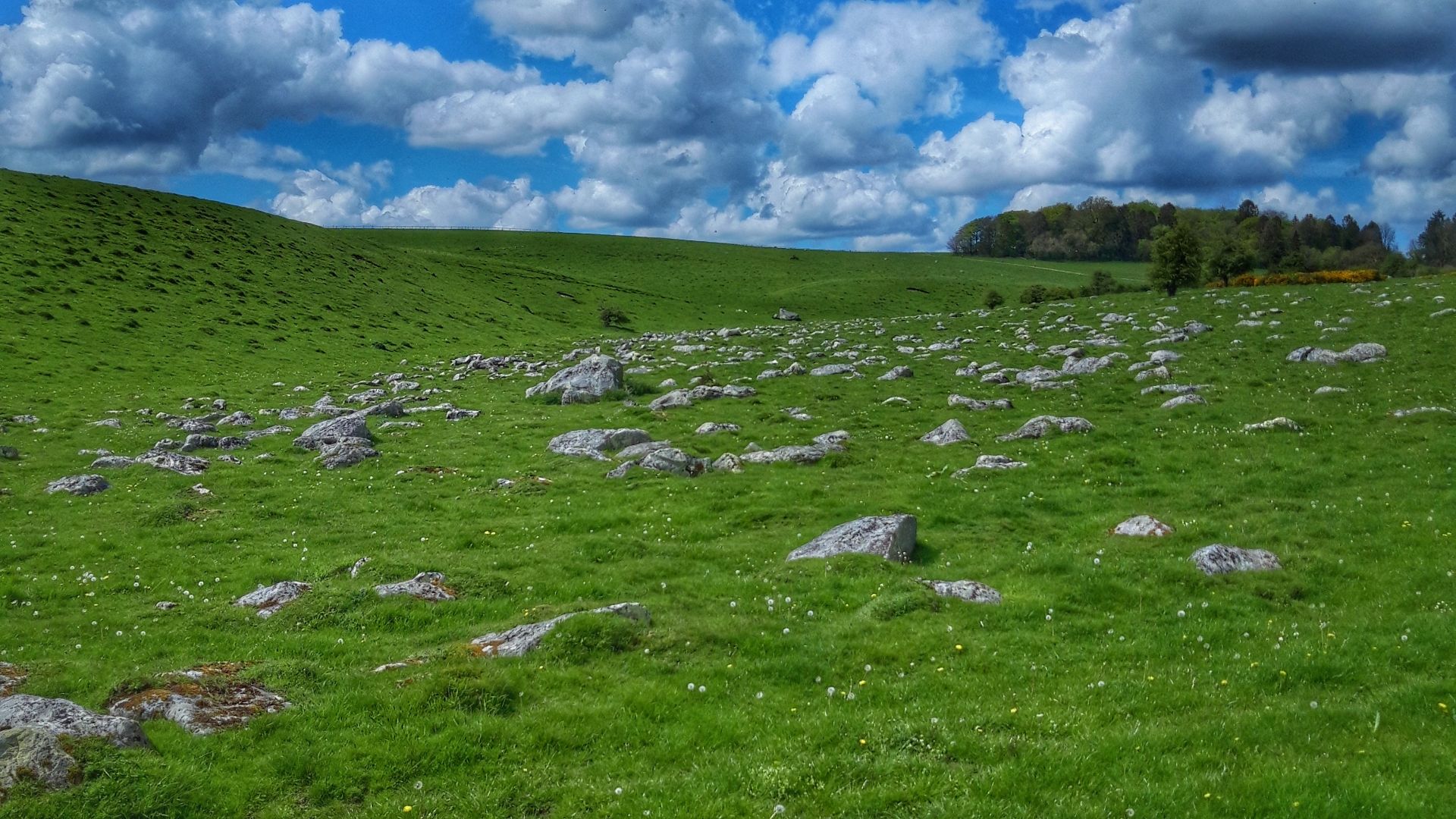 JimChampion, Wikimedia Commons
JimChampion, Wikimedia Commons
How Researchers Traced Their Origins
For centuries, the source of Stonehenge’s sarsen stones was unknown. In 2020, Professor David Nash and his team used geochemical fingerprinting to match the stones to West Woods in Marlborough Downs. They analyzed 52 remaining sarsens using portable X-ray fluorescence spectrometry, and this confirmed their local origin.
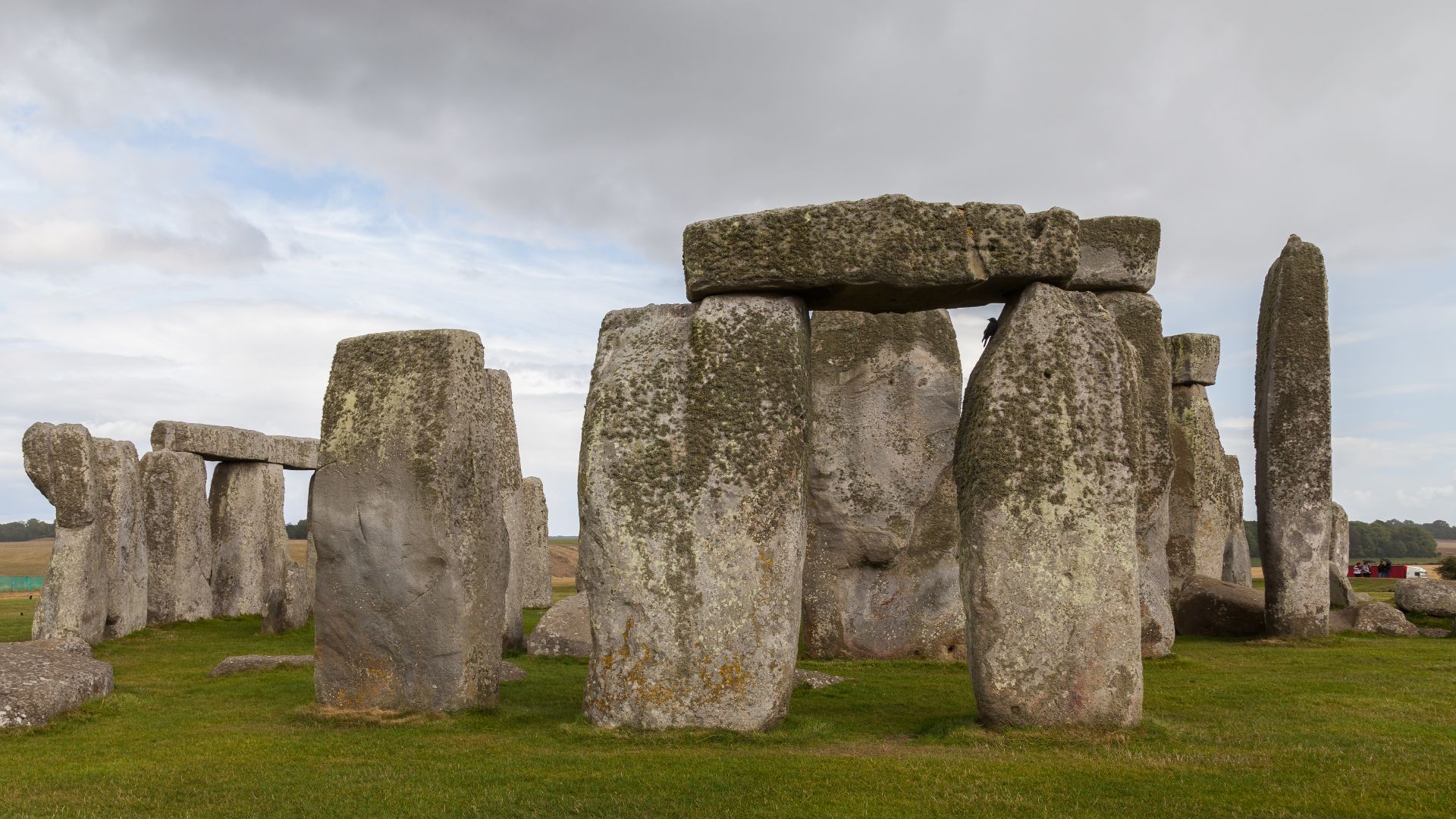 Diego Delso, Wikimedia Commons
Diego Delso, Wikimedia Commons
Engineering Feat Of The Sarsen Stones
By 2500 BCE, massive sarsen stones were transported from Marlborough Downs, about 32 kilometers away. Their meticulous arrangement into trilithons and a circular outer ring required advanced knowledge of balance, leverage, and joint techniques, and this showcased the remarkable engineering skill of Neolithic builders.
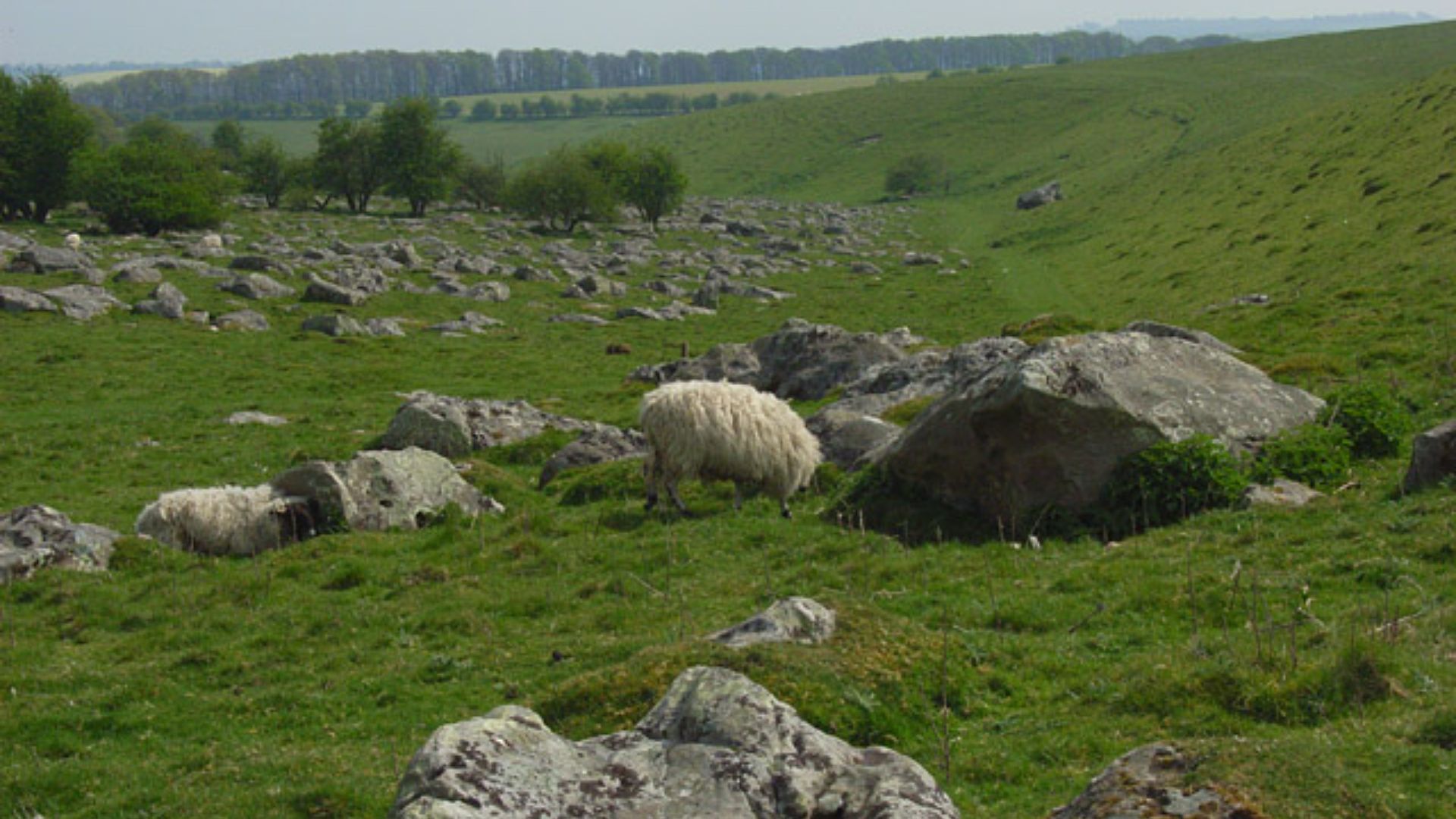 Andrew Smith, Wikimedia Commons
Andrew Smith, Wikimedia Commons
Why Megalithic Stones, Though?
You might be wondering, what’s with the enormous rocks, right? Well, Massive stones had symbolic power back then. They were purported to represent permanence and strength. In some cases, also cosmic order. Unlike wood, which decays, stone endures.
 Muhammad Zahir, Wikimedia Commons
Muhammad Zahir, Wikimedia Commons
It Seemed Like The Bigger, The Better
Size mattered. The sarsen stones, weighing up to 30 tonnes, were awe-inspiring. Transporting them required hundreds of people, and this reinforced social cohesion. The sheer scale of Stonehenge was intended to demonstrate strength, unity, and mastery over nature.
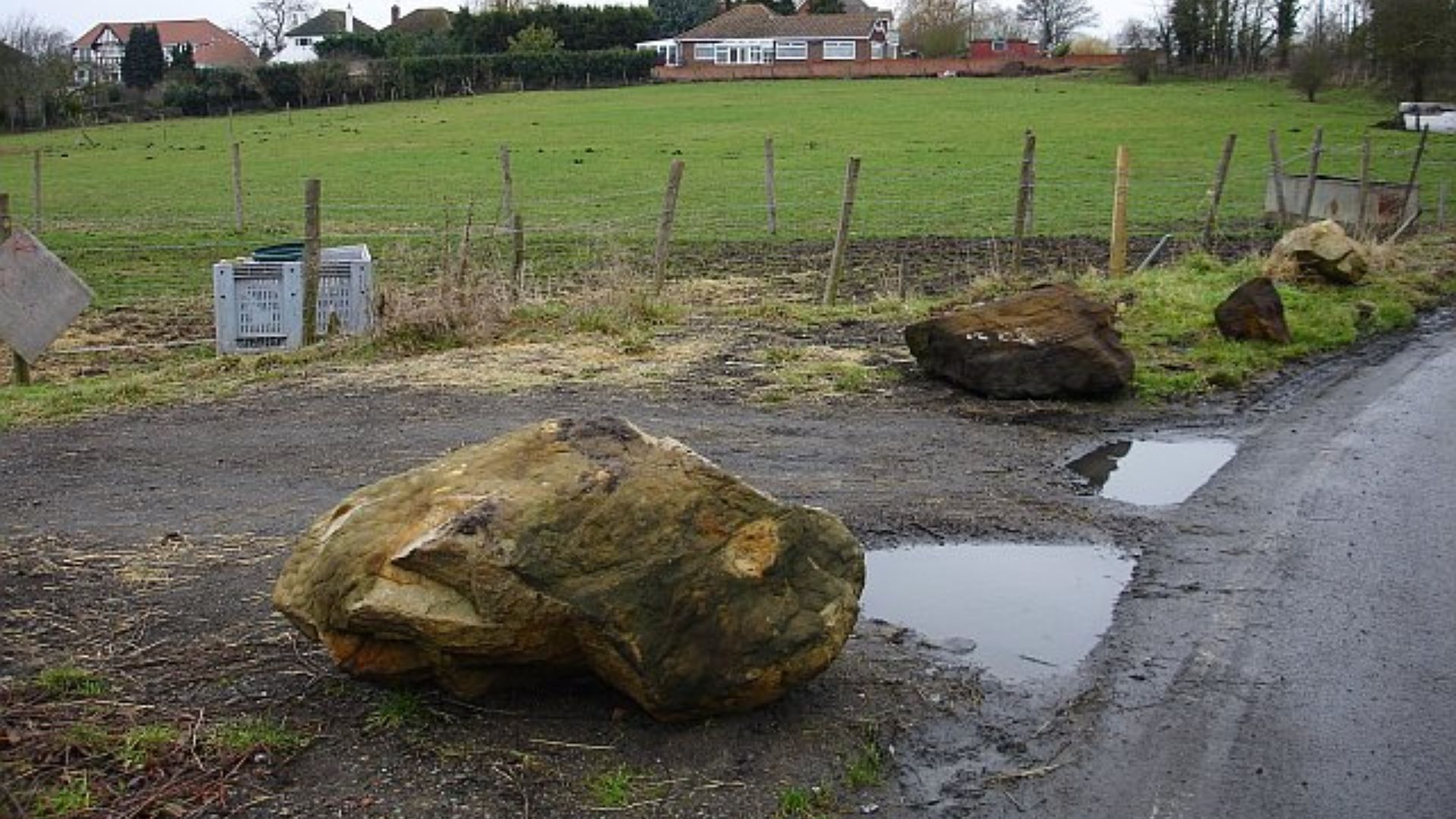 Penny Mayes, Wikimedia Commons
Penny Mayes, Wikimedia Commons
Alignment With The Sun And Cosmic Cycles
Stonehenge’s layout reflects astronomical precision, particularly in its alignment with the solstices. They seem to be so accurate that even people gather there during the solstices to see everything for themselves. On midsummer’s day, the rising sun shines through its central axis, suggesting an intentional solar observatory.
A Monument Of Unification And Rituals
Recent studies suggest Stonehenge may have united ancient British tribes by bringing people from far-flung regions to collaborate on its construction. All the past archaeological findings indicate this place held feasts and rituals, allowing many to gather for ceremonial events.
Revisiting Stonehenge—Wasn’t That Chapter Closed?
Just when archaeologists thought they had wrapped up the mystery, Stonehenge threw them a curveball. A jaw-dropping discovery revealed that the Altar Stone, long believed to have come from Wales, actually traveled 435-466 miles from Scotland’s Orcadian Basin, with some northern sources stating it potentially exceeded 500 miles.
The Altar Stone Is Stonehenge’s Hidden Giant
The Altar Stone, known as Stone 80, is a sandstone block lying at the heart of Stonehenge. Unlike the towering sarsens, it is recumbent, partially buried beneath the collapsed Great Trilithon. Its gray-green micaceous sandstone composition sets it apart, and this makes it a unique geological anomaly.
 Ancient Aliens: Was Stonehenge Built by GIANTS?! (Season 19) by HISTORY
Ancient Aliens: Was Stonehenge Built by GIANTS?! (Season 19) by HISTORY
The Shape And Size Of The Altar Stone
The Altar Stone is a large, rectangular sandstone block measuring approximately five meters in length and weighing around six tonnes. Unlike the towering sarsens, it lies flat, partially buried. Its elongated shape has led some researchers to speculate it may have stood upright, but no conclusive evidence confirms this.
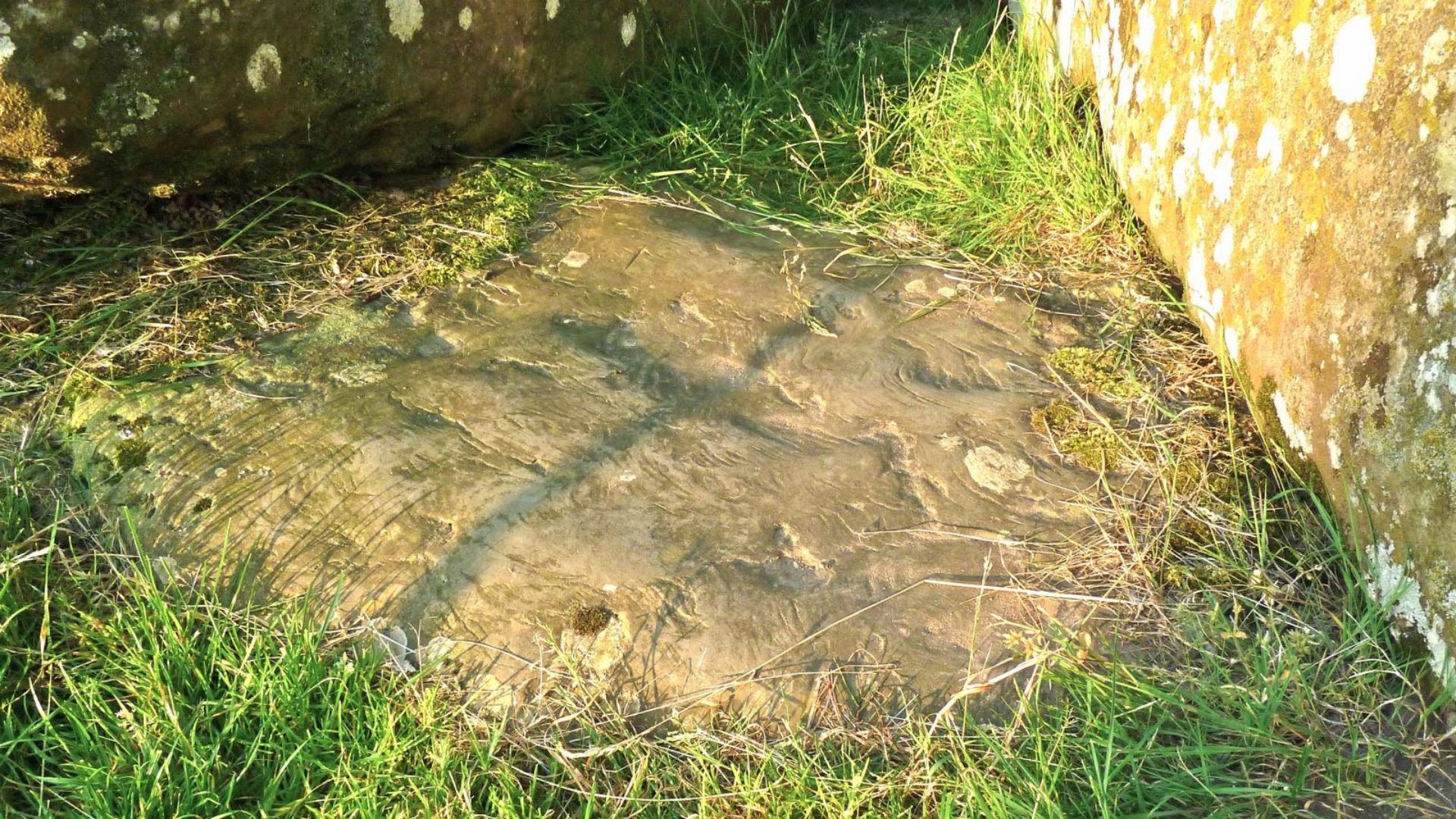 The Stones of Stonehenge, Wikimedia Commons
The Stones of Stonehenge, Wikimedia Commons
Was The Altar Stone Ever Studied Before?
Despite its central position, the Altar Stone was overshadowed by the towering sarsens and bluestones. It was last excavated in the 1950s, but no written records survived, and no confirmed samples were available for analysis. This lack of data made it difficult to verify its origins.
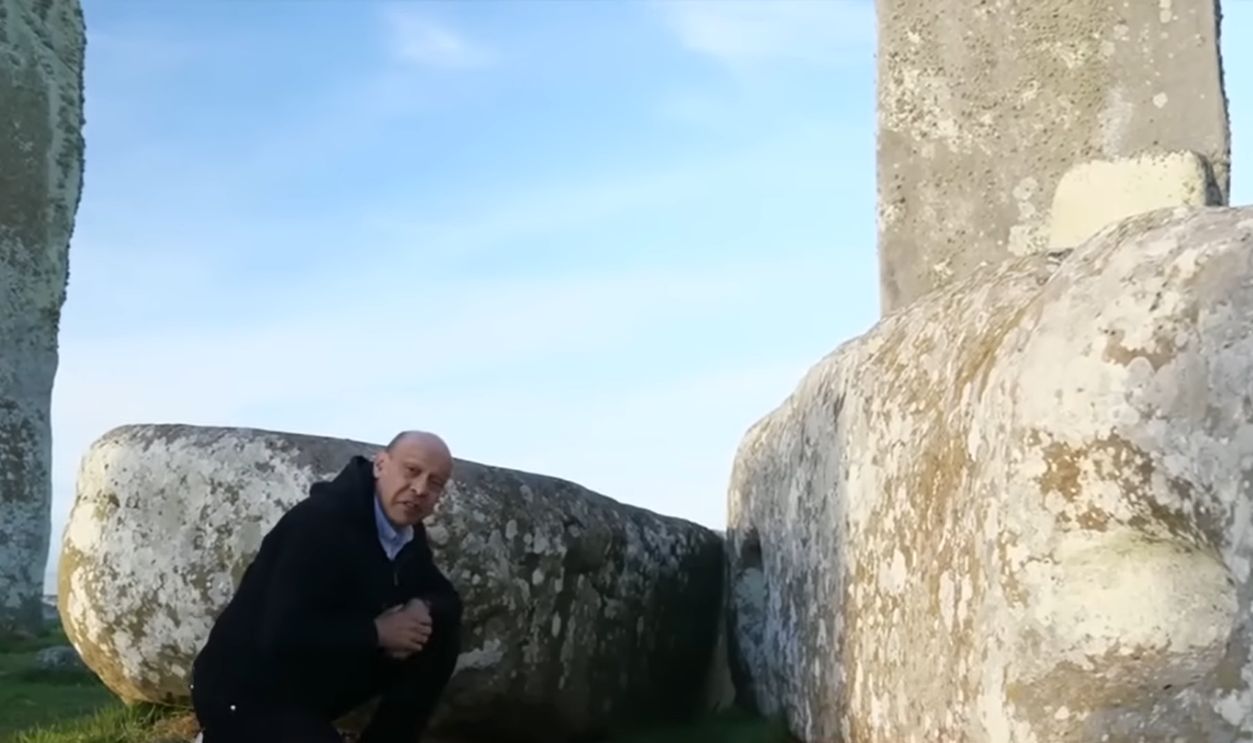 Scientists 'shocked' at new Stonehenge discovery | BBC News by BBC News
Scientists 'shocked' at new Stonehenge discovery | BBC News by BBC News
Why Researchers Reexamined The Altar Stone
For decades, scholars assumed the Altar Stone came from South Wales by grouping it with the bluestones. However, Professor Nick Pearce and his team at Aberystwyth University found that its high barium content did not match Welsh sources. This led them to reconsider its origins.
How Researchers Narrowed Down Its Origins
Using optical petrography, portable XRF, automated SEM-EDS, and Raman Spectroscopy, researchers analyzed 58 rock samples from South Wales, the Welsh Borders, the West Midlands, and Somerset. None matched the Altar Stone’s mineral fingerprint. Instead, its composition pointed to Scotland’s Orcadian Basin.
 Yuval Goren, Wikimedia Commons
Yuval Goren, Wikimedia Commons
The Purported Use Of The Altar Stone
The Altar Stone has long been speculated to have had ritualistic significance. Some theories suggest it was used for offerings, ancestral rites, or astronomical observations. However, its recumbent position raises questions—was it always lying flat, or did it once stand upright?
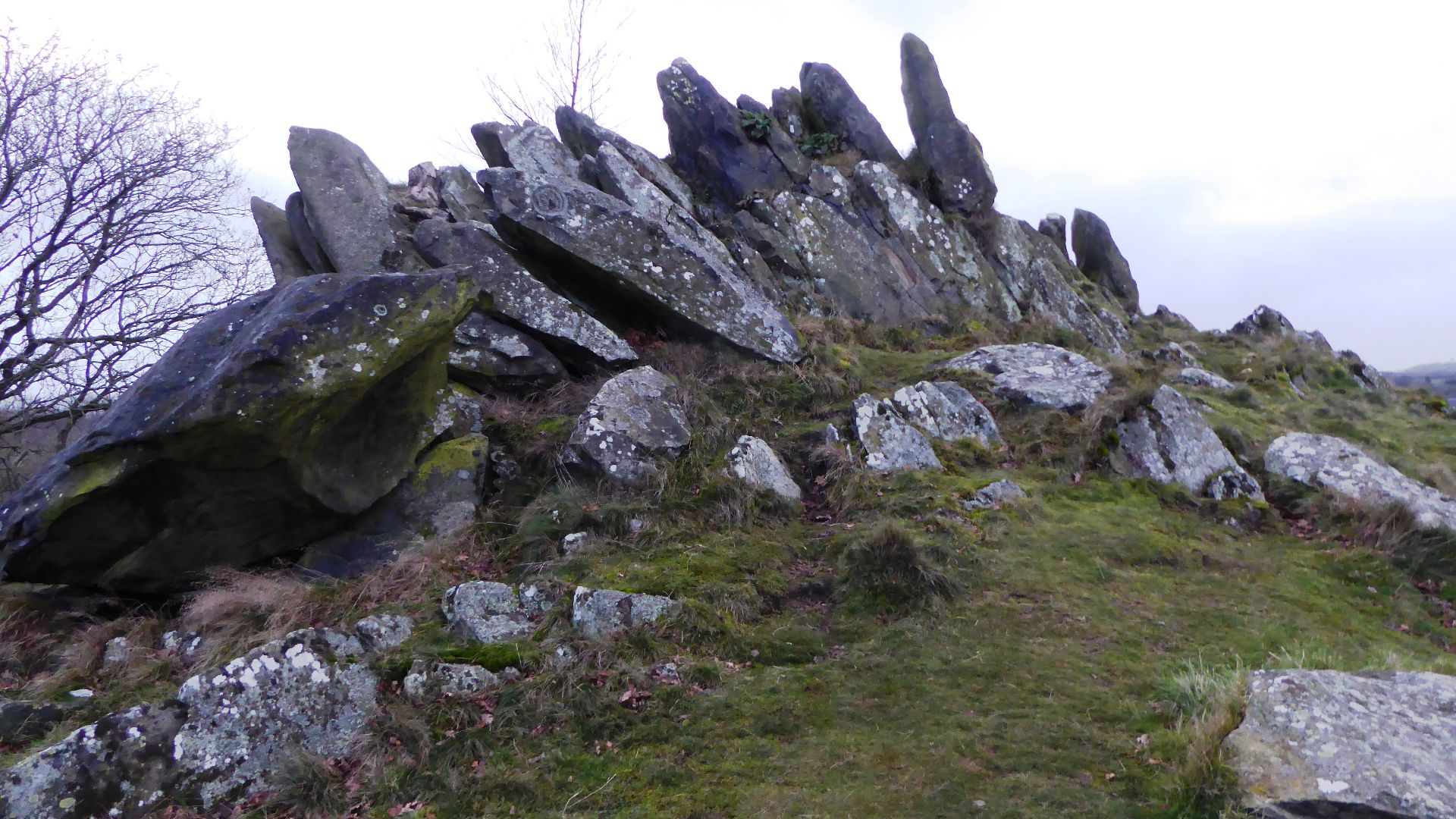 Dudley Miles, Wikimedia Commons
Dudley Miles, Wikimedia Commons
Why Was It Called The Altar Stone?
The name likely originated from Inigo Jones, a 17th-century architect who speculated that it might have been an altar for sacrifices or religious ceremonies. However, there is no direct evidence proving it was used for rituals. The term stuck, shaping interpretations of its possible sacred function.
 Didier Descouens, Wikimedia Commons
Didier Descouens, Wikimedia Commons
Scientific Backing—What Do Researchers Say?
Modern studies, including those by Richard Bevins and Rob Ixer, have focused on its geological composition rather than its function. While its central placement suggests importance, no artifacts or markings confirm its use in rituals. For now, we kind of have to wait for more evidence that points to its function.
 Chris Gunns , Wikimedia Commons
Chris Gunns , Wikimedia Commons
The Mystery Of Its Position
Unlike the towering sarsens, the Altar Stone lies flat, partially buried beneath a fallen trilithon. Some researchers believe it was always recumbent, while others suggest that it stood upright at some point and then fell into its current position. Its unique mineral composition was the detail that set it apart.
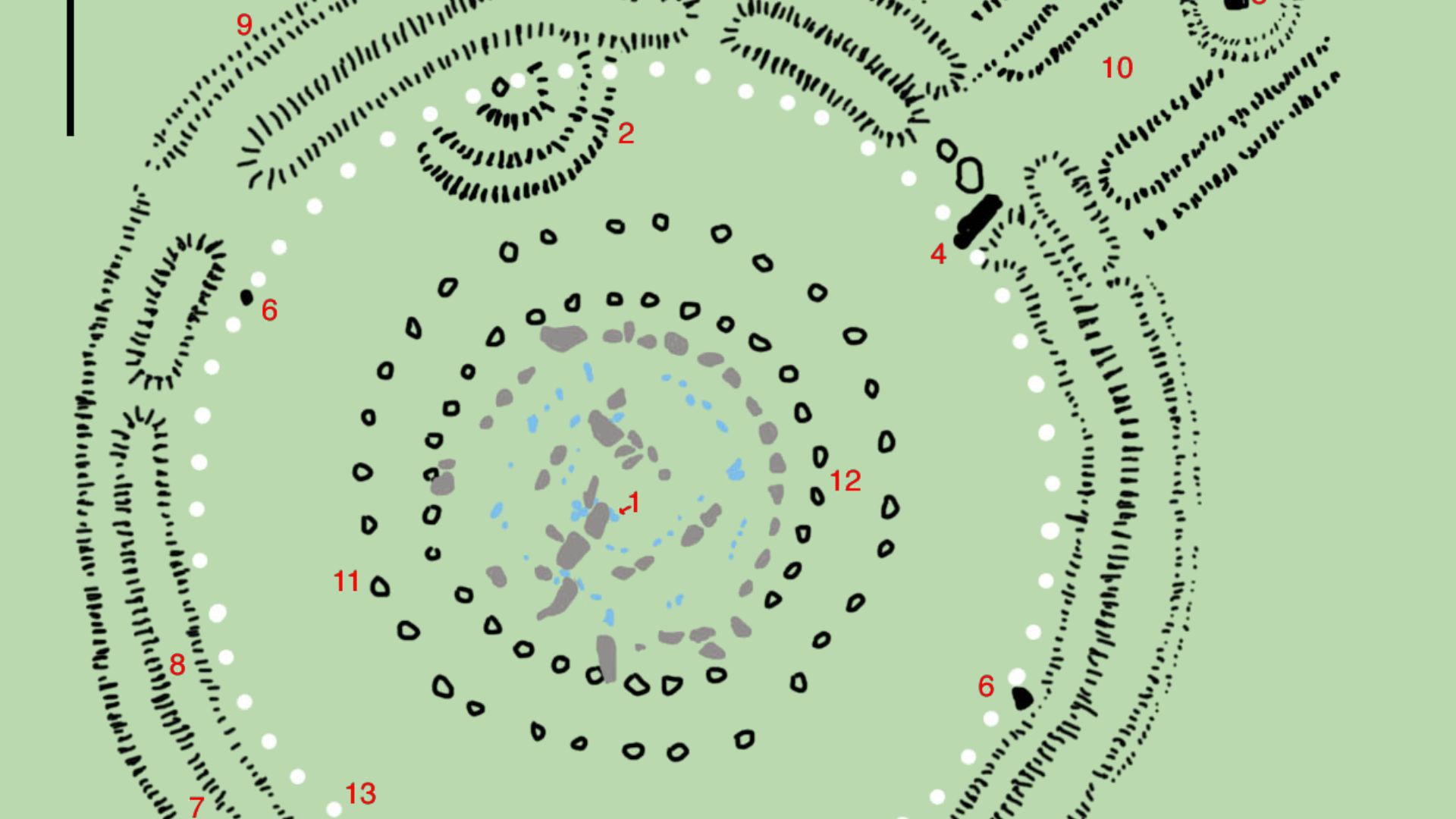 Drawn by Adamsan, Wikimedia Commons
Drawn by Adamsan, Wikimedia Commons
Today, Stonehenge Gets A New Name: Monument Of Pan-British Unity
This discovery overturns our understanding of Neolithic Britain. Instead of isolated tribes, there was political and religious cooperation across the island. Transporting a massive stone from Scotland suggests shared beliefs and maybe even a grand unifying project—a prehistoric version of teamwork makes the dream work.
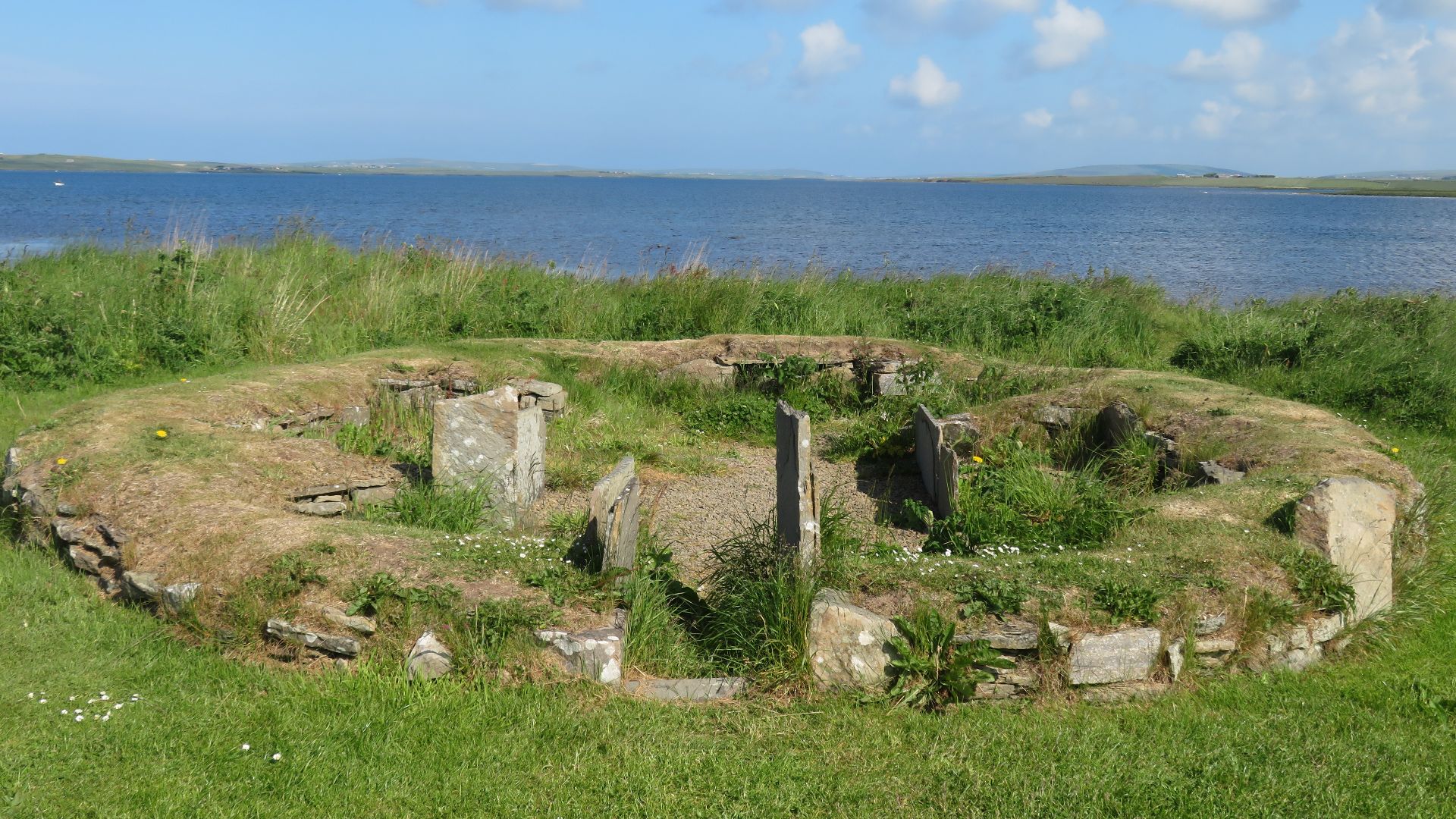 Gordon Hatton , Wikimedia Commons
Gordon Hatton , Wikimedia Commons



